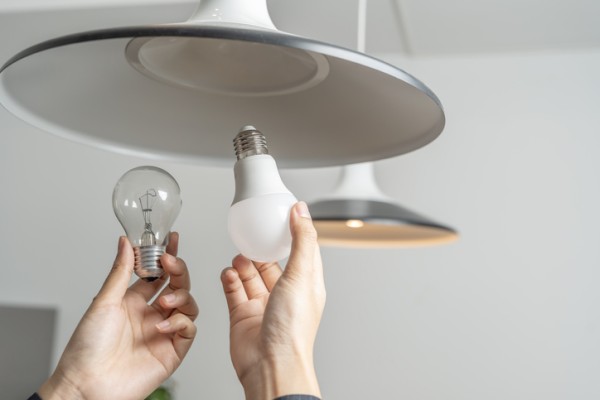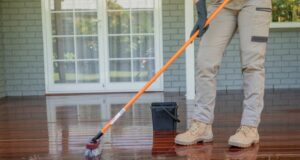
Fluorescent globes — including compact fluorescent lamps (CFLs) and long-tube fluorescents — were once a popular energy-saving lighting option in Australian homes. But while they use less energy than traditional incandescent bulbs, they come with one major drawback: They contain mercury.
That means you can’t just toss them in the bin. Improper disposal risks contaminating the environment and harming public health. Here’s how to safely and responsibly recycle fluorescent globes in Australia.
Why fluorescent globes need special handling
CFLs and fluorescent tubes contain a small amount of mercury, typically around 3-5mg. It’s sealed inside the glass and poses no risk during normal use, but if the globe breaks or is sent to landfill, that mercury can escape into the air, soil or water.
That’s why fluorescent lighting is classified as hazardous waste once it reaches the end of its life.
Proper disposal:
- Prevents mercury pollution
- Allows valuable materials (like glass and metal) to be recovered and recycled
- Reduces the need for raw material extraction
- Keeps harmful waste out of landfill
How to tell if a globe is fluorescent
Fluorescent lights include:
- CFLs: These are the spiral or stick-shaped globes used in table lamps and ceiling fittings.
- Linear fluorescent tubes: Long, narrow tubes common in garages, kitchens and offices.
- Circular or U-shaped tubes: Used in some ceiling and bathroom fittings.
If you’re unsure, check for markings like “CFL”, “fluorescent”, or wattage info that looks higher than modern LED equivalents. If it’s not an LED light, and it looks like a tube or spiral, it probably needs special recycling.
Where to recycle fluorescent globes
In Australia, several national and local programs allow for the safe recycling of fluorescent lighting:
Household recycling programs
Most councils provide drop-off points for fluorescent globes through their recycling centres or waste transfer stations. Check your local council’s website for accepted items and hours of operation.
Retailer recycling schemes
Many major hardware and electronics retailers offer in-store recycling:
- Bunnings: Participates in the FluoroCycle scheme. Some stores have bins for CFLs and tubes.
- IKEA: Accepts CFLs, batteries and small electronics at most locations.
- Officeworks: Offers limited recycling of small electronics and batteries — check availability first.
These services are generally free for households, but limits may apply.
FluoroCycle
FluoroCycle is a voluntary national recycling scheme supported by governments and industry. While it primarily targets commercial and industrial waste, many businesses that collect on behalf of FluoroCycle also accept domestic waste through drop-off locations.
You can find your nearest collection point at fluorocycle.org.au.
What to do if a fluorescent globe breaks
Broken CFLs or tubes need careful handling to avoid mercury exposure. Follow these steps:
- Ventilate the room for at least 15 minutes — open windows and leave the area.
- Wear gloves and use cardboard or stiff paper to scoop up the pieces.
- Use sticky tape to pick up tiny fragments and powder.
- Place all fragments in a sealed glass jar or plastic container.
- Do not vacuum — it can spread mercury vapour.
- Take the sealed container to a hazardous waste drop-off point.
Safer alternatives: Switch to LED
The easiest way to avoid mercury risk in future is to replace fluorescent lighting with LEDs. LED globes:
- Contain no toxic materials
- Last much longer than CFLs or tubes
- Are highly energy efficient
- Can be recycled through regular lighting recovery programs
Many LEDs now come in shapes and sizes that directly replace fluorescent tubes or CFLs, making the switch straightforward.
The bottom line
Fluorescent globes can’t go in your regular bin. Because they contain mercury, they must be recycled or disposed of at designated drop-off points. Doing so protects the environment and allows valuable materials to be recovered.
Next time you change a globe, take the old fluorescent with you to your local recycling centre or participating retailer — and while you’re at it, consider upgrading to safer, longer-lasting LED lighting.





